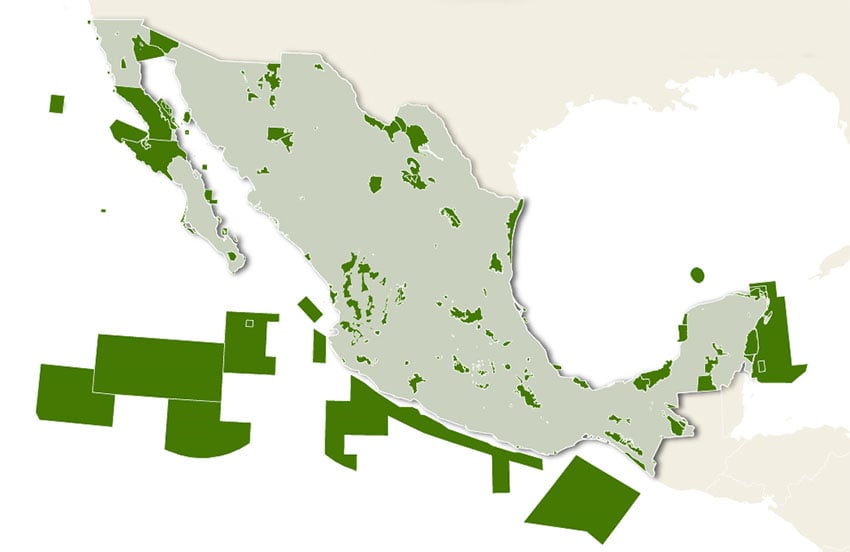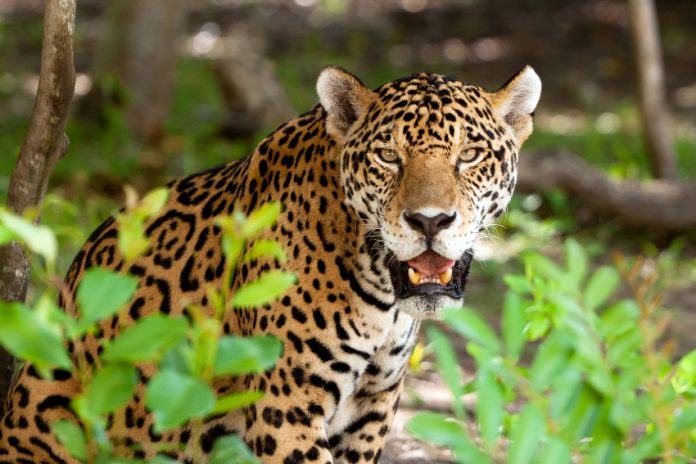Mexico has it all: there’s the lush Lacondan Jungle of Chiapas. The towering saguaros of the Sonoran desert. A thin border of twisting, knotted mangroves protecting against the worst ravages of storms. The tropical pine-oak forests found high in Oaxaca’s Sierra Madre. Colorful Caribbean reefs teeming with aquatic life. Even a few delicate patches of alpine meadow remain on the volcanic peaks near Mexico City. That’s part of why Mexico is one of the most biodiverse countries in the world: though it covers only 1.3% of the world’s landmass, it is home to more than 10% of all species on Earth.

To preserve some of this natural bounty, Mexico has 185 designated natural protected areas (ANPs) covering 90,958,494 hectares, an area almost as big as the state of Oaxaca. About three-quarters of that area is made of marine protected zones and the rest is land.
The budget for the National Commission for Natural Protected Areas (Conanp) manages the national parks, biosphere reserves, natural monuments and every other ANP. Conanp’s budget ticked steadily up until peaking in 2016, during the administration of former president Enrique Peña Nieto. Over the next three years, as Peña Nieto left office and President López Obrador entered, the budget would be slashed by more than a third, in large part due to López Obrador’s drive for government austerity.
The current funding leaves Conanp with just 9.76 pesos for every hectare they are tasked with conserving.
Meanwhile, impunity for environmental crimes is almost total: out of more than 4,000 reported to Conanp between 2006 and 2020, only 50 were resolved. The lack of enforcement makes ANPs vulnerable to illegal logging and other forms of unregulated resource extraction, often by organized crime. Within the legal framework, the management of ANPs has shifted over the years from being purely conservation-focused to including local economic development as part of its goals, in some cases resulting in a reduction of the areas that are effectively being preserved.
But some ANPs have found a way to balance the goals of conservation and economic development through ecotourism. The mountainous Sierra Gorda Biosphere Reserve, which occupies a large portion of Querétaro and parts of neighboring states, is one notable success story. The reserve was named one of the world’s top 100 sustainable tourism destinations in 2020, thanks to coordinated efforts between nonprofits, local and state government that have attracted hundreds of thousands of visitors a year (and a billion pesos in economic spillover) while supporting local residents’ capacity to participate in both ecotourism and environmental protection.
Mexico News Daily
